13 Mar Establishing the Timeline for Your Custom Landscape Lighting Project
By Mike Gambino
Estimating a custom landscape lighting project timeline is one of the most challenging tasks that landscape lighting design build specialty contractors and homeowners face.
Contractors have a general idea of the time required for the actual landscape lighting design and build process, assuming everything goes perfectly. But as with any large, complex project, many factors arise that cannot be predicted or controlled — especially when the work is being done along with a total new landscape development or remodel outside in the elements. Matters that can affect the timeline include unpredictable weather, availability of supplies, delays by other trades, and availability of skilled workers. Each site comes with its unique challenges that must be accounted for such as the potential for unstable soil or poor drainage once excavation begins. It’s extremely difficult to estimate the exact time needed to mitigate these challenges because each site is different and may present hidden issues.
Outside of these variables, reputable contractors can work with you to come up with a rough timeline before breaking ground. Here are a few ways to estimate how much time your project will take, and what you can do to prevent delays.
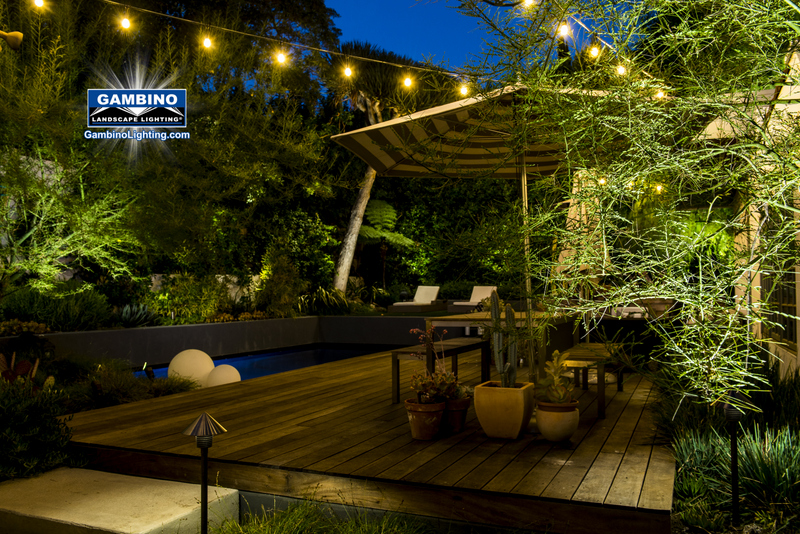
- Identify Your Objectives and Your Budget
There are many decisions to make on a landscape lighting design project — everything from the size of the project, features included, placement of those features, and material choices. Many of these decisions are budget-driven — working closely with your specialty landscape lighting design and build contractor to identify your must-haves, your nice-to-haves, and your wish list items will help narrow things in.
Give as much information as possible to your contractor, including your desired budget, and make sure that you are both communicating openly throughout the design and construction process. Keep in mind that your contractor is relying on your final decisions to drive the project forward. You must be absolutely clear about your budget and your objectives before you break ground.
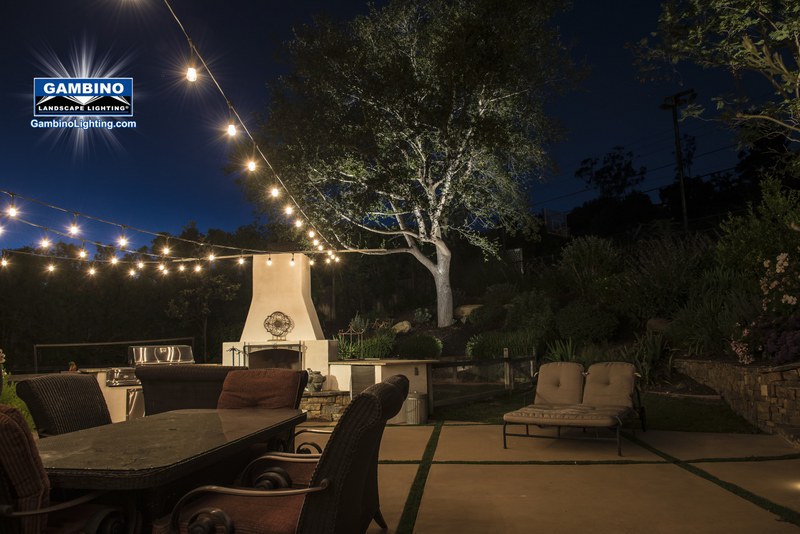
- Be Proactive: Work to Avoid Changes Late in the Process
Any last-minute landscape project change you want to make could create a ripple effect of consequences that may include amendments to drawings, material orders, and work schedules. If the project requires permits, changes may also have to be submitted to a local agency or home owners associations for approval. Major alterations or additions may require another site visit, plus drawings and permit changes. This could extend the timeline by a substantial amount, while most minor changes may add only a few days to a week. Don’t be afraid to make changes to your project that you believe are critical to your long-term enjoyment of the space, but be aware that any change you make will increase cost and delay the completion of the project, sometimes significantly.
But it’s not always easy to make final decisions. If you’ve been on the fence about installing a custom feature, do your best to make that decision before you break ground. Be sure to do your research ahead of time to determine what you would like your finished project to resemble; for ideas, browse the Gambino landscape Lighting Design Gallery. If you’re up against what feels like an impossible choice — for example, if budget constraints have you stressing whether to incorporate a feature you dearly want — there is really no need to stress. You can take a phased approach to the project.
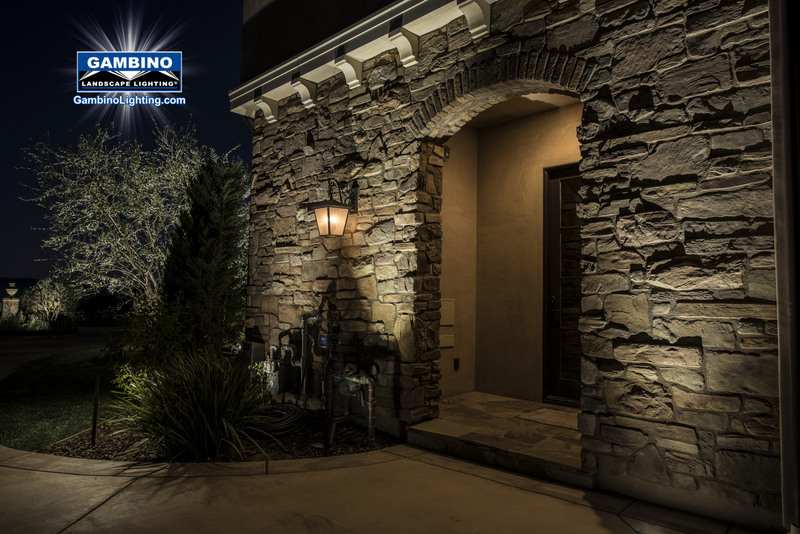
- Complete the Project in Phases
While breaking a project into phases may increase the overall cost slightly, large projects can sometimes be more easily understood and accomplished if they’re done this way. Ask your contractor to inform you how long each phase will take and what will be involved. This will help you budget appropriately, as well as plan for the future.
In many cases, you can plan for the future expansion or addition of custom features — and avoid costly do-overs — by being proactive. For example, planning for a future outdoor kitchen and proactively installing utilities (water, gas, and electric) and even a poured concrete pad will give you the flexibility of adding the outdoor kitchen later. And if you decide to scrap that feature, the behind-the-scenes work you did could be a big selling feature for prospective buyers should you one day wish to sell your home.
Once your plan is in place, your contractor will be able to give you a more accurate estimate of how long each phase of the project will take.
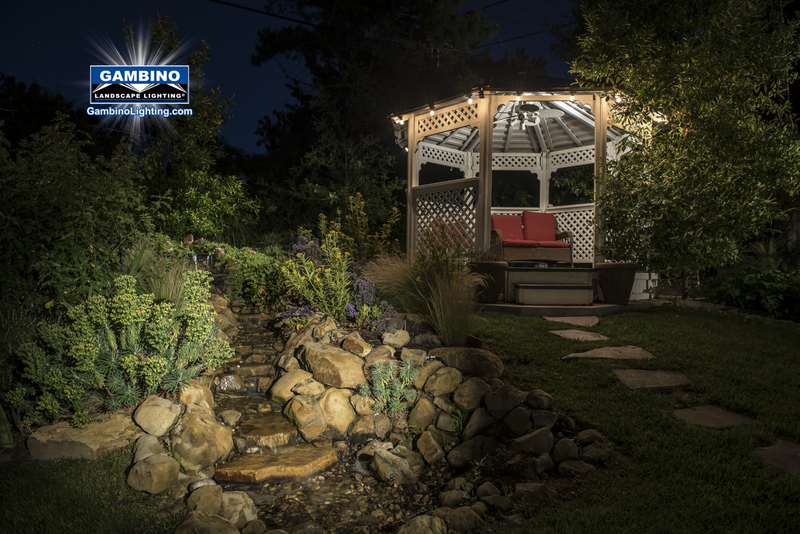
- Be Flexible and Understanding
Large projects require flexibility, patience, and understanding (a sense of humor helps, too). There are things you can anticipate and things you can’t, such as weather delays or difficult soil conditions. The permitting process can be simple and quick, or cumbersome and lengthy depending on your location, the complexity of the project, and any changes that occur after the initial plans are approved. It’s notorious for causing delays: If a variance permit is denied, redrawing and resubmitting will further stretch your timeline.
Fortunately, your contractor will be in control the entire time (that’s why it’s so important to choose the right contractor), and you have a place to turn anytime you are concerned about timing or have questions.
At every milestone of the project, try to enjoy the process as much as you can. You’re transforming your living footprint and helping to create something great that will form the backdrop for amazing memories for years to come.
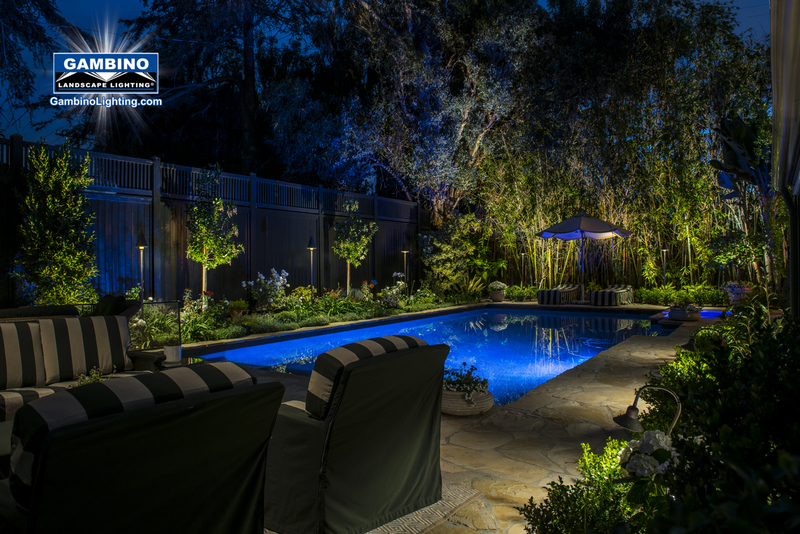
- Communicate!
Your contractor needs one thing throughout the process: open communication. As long as you have finalized your design decisions and there is crystal clear communication between you and your contractor, the project will likely run smoothly and you will be able to enjoy your wonderful new outdoor space very soon!
From our 30-plus years of experience with helping property owners carry out beautiful outdoor living projects, we know timelines are important. We are with you every step of the way to help you make sure the process is as smooth as possible when it comes to the final finishing touches of your landscape construction project which is landscape lighting.
By using the services of a carefully vetted custom landscape lighting design build specialist, you can be confident that your project will be carried out in as timely a manner as possible — and you have the extra piece of mind working with a company that has your best interests at heart.
 This landscape lighting blog is published by Mike Gambino of Gambino landscape lighting inc. all rights reserved. Mike is
This landscape lighting blog is published by Mike Gambino of Gambino landscape lighting inc. all rights reserved. Mike is  a professional landscape lighting system designer/ builder and has been designing, installing and maintaining landscape lighting systems for more than 30 years. Mike resides in the Los Angeles area with his wife and 2 sons. To visit his website go to www.Gambinolighting.com . To inquire about hiring Mike please click here .
a professional landscape lighting system designer/ builder and has been designing, installing and maintaining landscape lighting systems for more than 30 years. Mike resides in the Los Angeles area with his wife and 2 sons. To visit his website go to www.Gambinolighting.com . To inquire about hiring Mike please click here .
Blog articles may be published with permission on other websites without editing or removing links.



No Comments